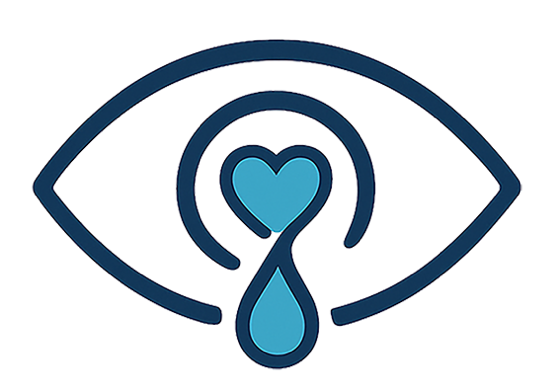Association of Patients with Lacrimal Drainage Obstruction


Association of Patients with Lacrimal Drainage Obstruction



Our mission
The Association of Patients with Lacrimal Drainage Obstruction was established in 2019.
Our mission is to improve the quality of life of patients by ensuring better access to modern and effective methods of treating lacrimal duct obstruction.
We undertake informational, educational, and supportive activities to promote innovative therapies and to raise both public and medical awareness of this condition.
What is lacrimal drainage obstruction?
Lacrimal duct obstruction is a condition involving the partial or complete blockage of the channels responsible for draining tears from the surface of the eye into the nasal cavity. Under normal circumstances, tears produced by the lacrimal glands moisten the eye and are drained through the lacrimal punctum, canaliculi, lacrimal sac, and nasolacrimal duct. Impaired patency of any of these structures leads to tear retention, which manifests as persistent tearing, recurrent inflammation of the conjunctiva or lacrimal sac, and a pronounced sensation of discomfort.
The condition can affect both children (congenital obstruction) and adults (acquired obstruction), and may occur as a primary disorder (with no identifiable cause) or as a secondary one—resulting from inflammation, tumors, trauma, or the use of certain medications. In most cases, the effective treatment involves surgical intervention aimed at restoring proper tear drainage.

Lacrimal duct obstruction significantly reduces patients’ quality of life. However, persistent tearing may also result from medical conditions that cause excessive tear production, such as chronic blepharitis, dysfunction of the Meibomian glands (sebaceous glands located in the eyelids), or abnormal eyelid positioning (entropion or ectropion).
Do you know?
Lacrimal drainage obstruction in children
As many as 20% of infants exhibit symptoms of congenital lacrimal duct obstruction. In over 90% of these cases, the condition resolves spontaneously or as a result of regular massage of the lacrimal sac by the end of the first year of life.

Lacrimal drainage obstruction in adults
In adults, the most common form is primary acquired nasolacrimal duct obstruction, which occurs without an identifiable cause. It typically affects the nasolacrimal duct and is three times more common in women than in men.

Treatment of lacrimal drainage obstruction
The treatment of choice for lacrimal duct obstruction is surgical intervention. In the most common forms of the disease, a procedure called dacryocystorhinostomy (DCR)—the creation of a connection between the lacrimal sac and the nasal cavity—is performed.

For several decades, the gold standard for dacryocystorhinostomy (DCR) — the surgical creation of a connection between the lacrimal sac and the nasal cavity — was the external approach. However, thanks to technological advancements, there has been a global shift toward endoscopic techniques. One of the key objectives of the Association is to ensure that patients in Poland have access to the most advanced surgical methods for treating lacrimal duct obstruction.